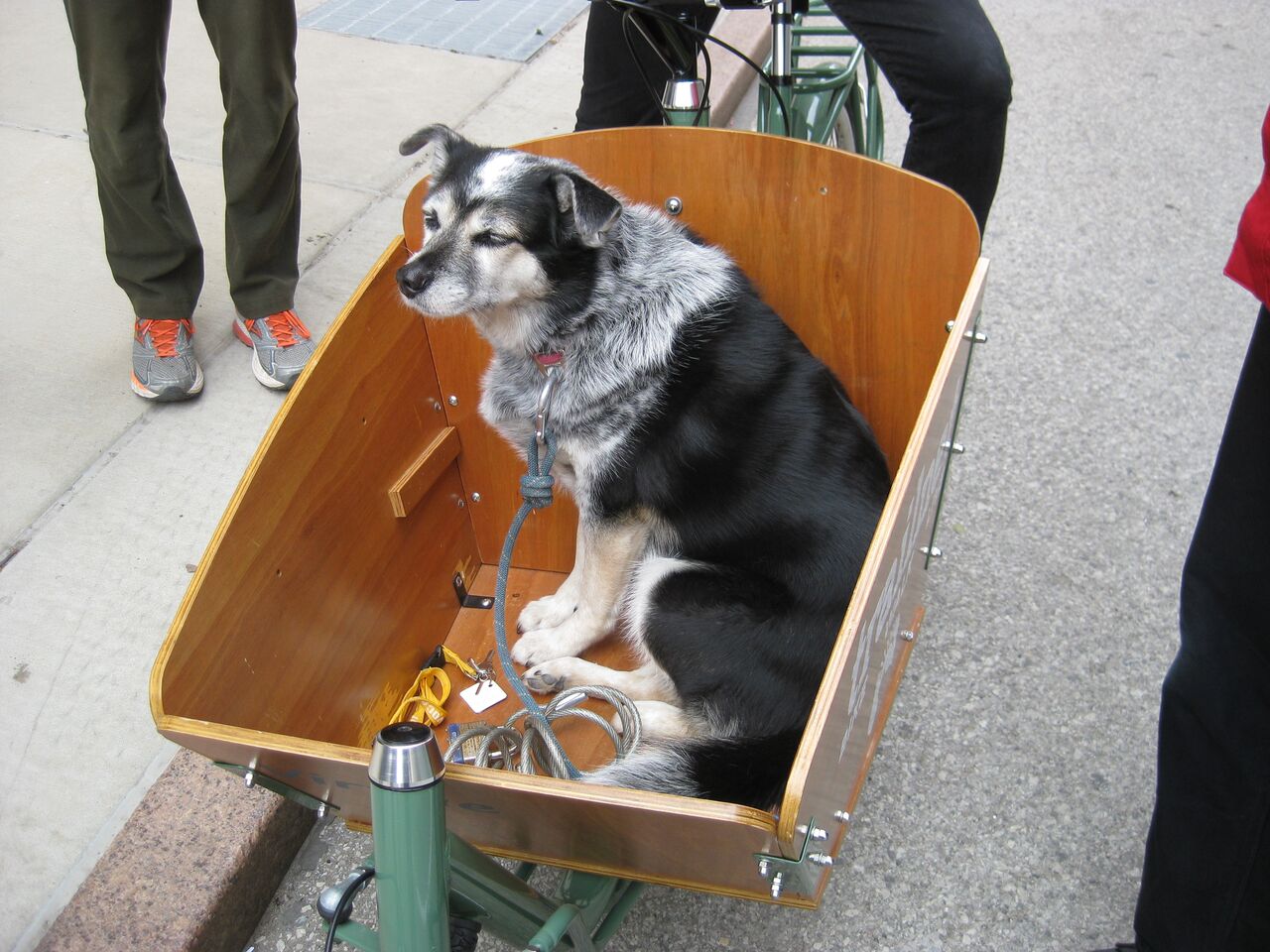A Pedestrian-friendly Business Loop? Not So Far Away
by Matt Patston
February 16, 2017


Standing along Pine Street in St. Louis, watching a pop-up bike lane in action, I struck up a conversation with a 64-year-old MetroBus driver about bicycles. As a kid, he would ride through the streets of downtown St. Louis balancing on his handlebars. His antics landed him in the hospital more than once. “I gave my mother the fits,” he says with a smile.
I had traveled to St. Louis with city council members Ian Thomas and Mike Trapp for the New Partners for Smart Growth Conference. We spent the morning watching volunteers temporarily transform a section of street into a protected bike lane, and we spent the afternoon in a DIY workshop leaning how to make these quick, cheap, and temporary changes ourselves.
The volunteers somehow turned colorfully painted tires, potted plants, temporary signs, and a lot of white duct tape into a bike lane for the day. As bikes and cars travelled down Pine, volunteers adjusted the tires and added signs based on what they observed. It was a playful and functional public space — and a tangible start to a permanent bike lane.
To a casual observer, the Business Loop doesn’t have a lot going for it when it comes to accessible and welcoming public spaces. Limited sidewalks, crosswalks that are few and far between, and missing curb cuts send a clear message to people on foot and on bikes: You aren’t welcome. But The Loop does have an asset other areas of town don’t, which is space between the curbs — a full five lanes of road waiting to be transformed. And in the words of Janette Sadik-Khan, the visionary head of New York City’s Department of Transportation, “If you can change the street, you can change the world.”

What if we took a page from this conference in St. Louis and began thinking about creative ways to test out new ideas along The Loop?
Any plan to revitalize the 1 1/2-mile corridor will be a long process. We think it’ll take several years to raise funds and make permanent improvements to the street. The things we can do in the meantime are quick, interim changes that will immediately improve the street and test out the final vision. Imagine using pots of flowers to create a protected bulb for pedestrians wary of crossing five lanes of traffic all at once. Imagine using bright paint to highlight our bike lanes and make them more noticeable. Imagine creating our own one-day test of a protected bike lane connecting the Bike Boulevard at the Parkade Center to the new multi-use path running from under I-70 to Cosmo Park. All these temporary improvements would help make The Loop a street where everyone is welcome, regardless of how they get here.
Councilmen Ian Thomas and Michael Trapp, and the top of Carrie Gartner’s head.
I stood there a while longer with my new friend, the Metro driver, watching people travel up and down the bike lane. As he regaled me with stories of his fearless youth, I marveled at how infrastructure is often less about building a street than it is about building a community.
Carrie Gartner is the director of The Loop community improvement district and a contributor to CBT.


